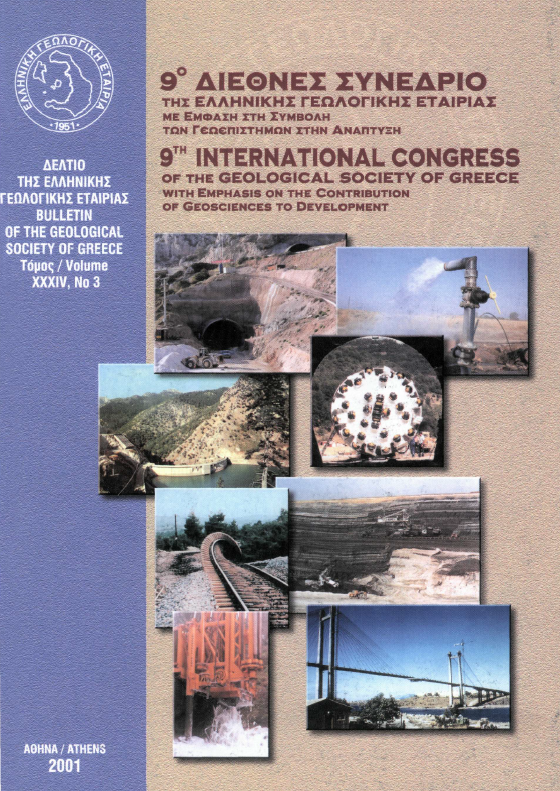Study of behaviour of southern field lignite, Ptolemais lignite basin, during pyrolysis

Abstract
In the present study the behavior of a lignite sample from Southern field, Ptolemais-Amynteon Lignite Center, is investigated during pyrolysis. Pyrolysis is a thermal depolymerization (cracking) of macromolecules in the absence of oxygen. The pyrolysis experiment was conducted three times and the pyrolysis temperatures were fixed at 600?C, 7007C and 800ΐ. A solid, black residue (carbonizate), no condensable gases and a liquid phase were produced. Course and product yields during pyrolysis are mainly influenced by such parameters as rank of the coal, final temperature, residence time, rate of heating, gas atmosphere and pressure. The weight of the solid phase is reduced during the process, depending on the quality and moisture content of the raw coal. At 800?C a weight loss of 52.95% is noted. The carbonizate contains more carbon and minerals than the starting material, but less volatile matter and moisture. The calorific value of the carbonizate is increased by the removal of low-energy components. Volatile compounds, such as C02 , CO, CH4, H2, CHm (tar), H20, H2S, NH3, are given off. A HP 6890 Gas Chromatograph was employed in this study. A thermal conductivity detector and a flame ionization detector were used to analyse the gases. Degasification began between 220 and 270?C. At the maximum temperature of 800?C, the volatile content is 4.39%. The total Gross Calorific Value of the pyrolysis gases is 42021 kJ m"3 (10036.5 kcal m3). The continuous degasification of this high-volatility lignite by pyrolysis can reduce the volatile content prior to burning, in other words, to produce a smokeless fuel (briquette). The carbonizate is briquetted with a binder in a press using a pressure of 11 bars. The briquette produced is a smokeless and odorless fuel. The energy required for the pyrolysis is obtained from combustion of the volatiles leading to a thermally autarkic process
Article Details
- How to Cite
-
ΚΑΠΙΝΑ Β., ΓΕΩΡΓΑΚΟΠΟΥΛΟΣ Α., ΚΑΣΩΛΗ-ΦΟΥΡΝΑΡΑΚΗ Α., & ΦΙΛΙΠΠΙΔΗΣ Α. (2001). Study of behaviour of southern field lignite, Ptolemais lignite basin, during pyrolysis. Bulletin of the Geological Society of Greece, 34(3), 1205–1212. https://doi.org/10.12681/bgsg.17184
- Section
- Energy Resources

This work is licensed under a Creative Commons Attribution-NonCommercial 4.0 International License.
Authors who publish with this journal agree to the following terms:
Authors retain copyright and grant the journal right of first publication with the work simultaneously licensed under a Creative Commons Attribution Non-Commercial License that allows others to share the work with an acknowledgement of the work's authorship and initial publication in this journal.
Authors are able to enter into separate, additional contractual arrangements for the non-exclusive distribution of the journal's published version of the work (e.g. post it to an institutional repository or publish it in a book), with an acknowledgement of its initial publication in this journal. Authors are permitted and encouraged to post their work online (preferably in institutional repositories or on their website) prior to and during the submission process, as it can lead to productive exchanges, as well as earlier and greater citation of published work.



